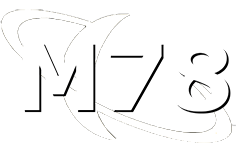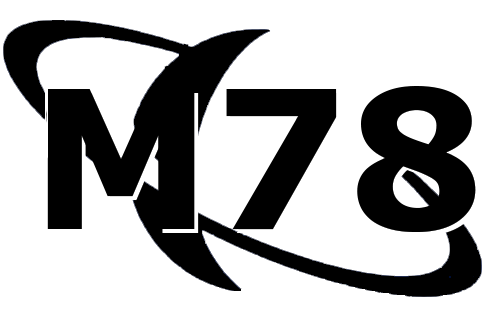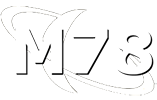T400 - 2023 - UC
Specifications
Diameter choice
The 250mm telescope is very good for planetary observation and large nebulae, but it quickly reaches its limits with galaxies. Where the spiral arms of galaxies are imperceptible with the 250mm, they appear with detail through the 400mm under good skies
The Type of Structure
It will of course be a Dobsonian configuration. Since my practice is essentially visual, the best balance of aperture, compactness, and simplicity is a Newtonian optical tube in an optimized Dobsonian structure.
The structure must be compact enough to fit in a checked luggage case (apartment living / travel needs).
Compactness starts with the choice of the mirror and its focal length. It’s possible to find a handcrafted 400mm F/4 mirror, 25mm thick and weighing 6kg, at a very reasonable price.
The structure must also be lightweight to allow for air travel (23kg limit), and most of the time to boost motivation by making handling easier.
23kg including the 6kg mirror inside the structure, for checked luggage.
Or, 6kg of mirror in carry-on luggage with the lightest possible structure packed in the hold along with clothes in the same checked bag.
Sources of Inspiration
Reference: Serge’s T400-C
Strengths:
Its weight and compactness
Collimation from the eyepiece position
Air travel compatibility
Integrated filter slide
Fast setup
Balanced structure without counterweights
Weaknesses:
The primary mirror must be installed on its cell before each use
Primary mirror too exposed for public observing sessions
Secondary cage ring a bit too weak
Moonlite focuser
Notes:
I don’t like telescopes with 6 truss poles
Storage box not used
Limited eyepiece weight capacity — what about using a Paracorr?
Carbon tubes with a 13mm diameter, designed to minimum specs
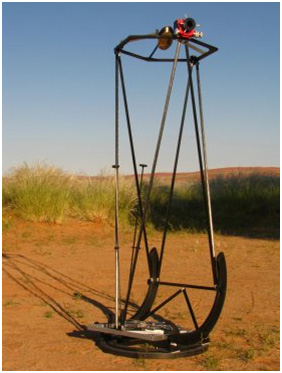
The Strock 250:
-
A compact telescope in which all components fit inside the structure, which also serves as a storage box.
The Club’s T400 – Redesign No. 3:
-
Almost the entire structure fits into a checked luggage case, except for the mirror. With a thinner mirror, it should be possible to leave it inside the primary box.
-
The truss poles are a bit too long to be easily packed into a suitcase; switching to an F/4 ratio would help. A more in-depth consideration of segmented poles will be needed.
Philippe’s T350:
-
The use of 3D printing allows for a very rigid and relatively lightweight secondary cage.
-
For added compactness, the secondary mirror is removable.
-
The primary box includes a hinged lid that also acts as a structural brace between the altitude bearings.
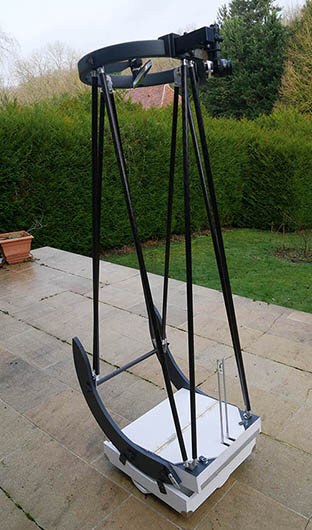
Summary
The telescope will be built around a checked luggage case.
It will have 8 truss poles, with 4 of them attached to the ends of the altitude bearings. The stored poles must fit within the length of the suitcase.
The mirror will remain in its box for transport, so a mirror-locking system similar to that of the Strock 250 is needed — but more advanced, as the masses involved are very different.
Since the mirror is very lightweight, additional weight will be required for proper balance. Its positioning will need to be studied.
Mirror cell with levers, similar to Serge’s design.
The secondary mirror will be removable.
Collimation will be done from the eyepiece position.
A Paracorr will be used as standard, so the focuser will be a 2-inch model.
